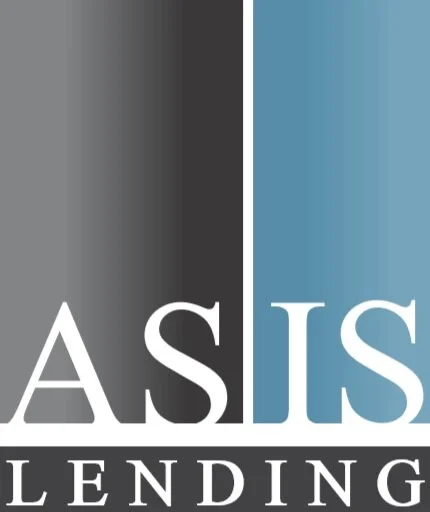What Interest Rate Do I Qualify For?
Banks lend money so they can collect interest and make a profit. But banks only lend money to those who are likely to pay them back, a term known as creditworthiness. To determine creditworthiness, banks sort people into risk-buckets based on their credit scores and how much they want to borrow, a term called Loan-to-Value (LTV).
Your credit score (FICO) is reported by Transunion, Credit Plus and Equifax as a number between 500-800, and banks use your median credit score to determine your risk-bucket. For every 20 points of increase to your credit score, you potentially qualify for a lower interest rate:
When two borrowers apply for a loan together, the bank uses the lowest median credit score of the two borrowers.
Borrower-1 credit scores:
Credit Plus: 710
Transunion: 715
Equifax: 740
Borrower-2 credit scores:
Transunion: 655
Equifax: 670
Credit Plus: 700




